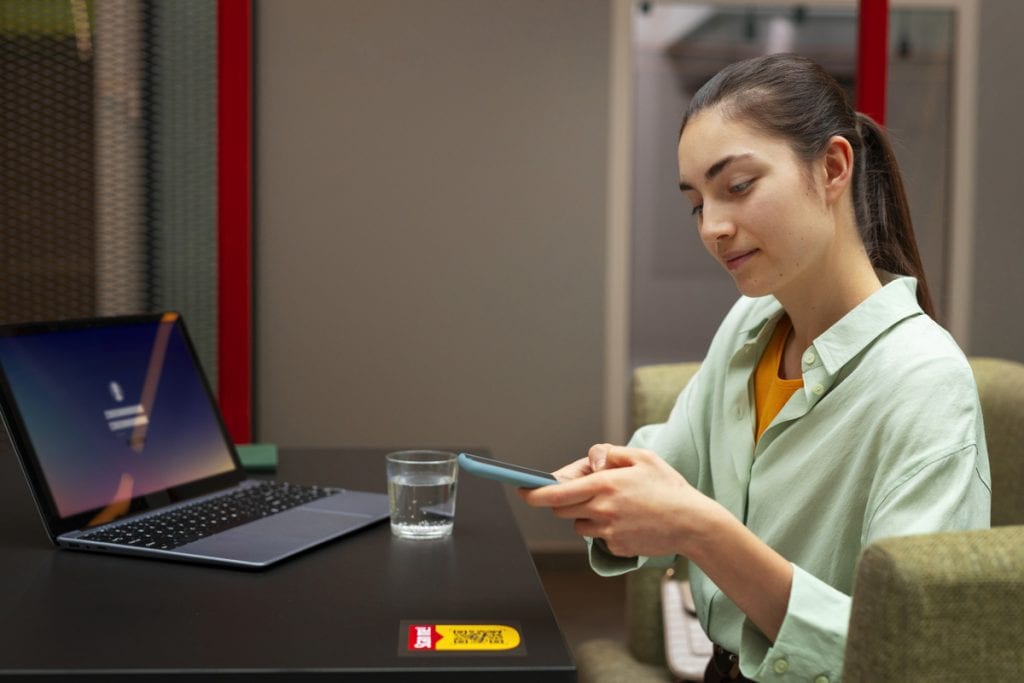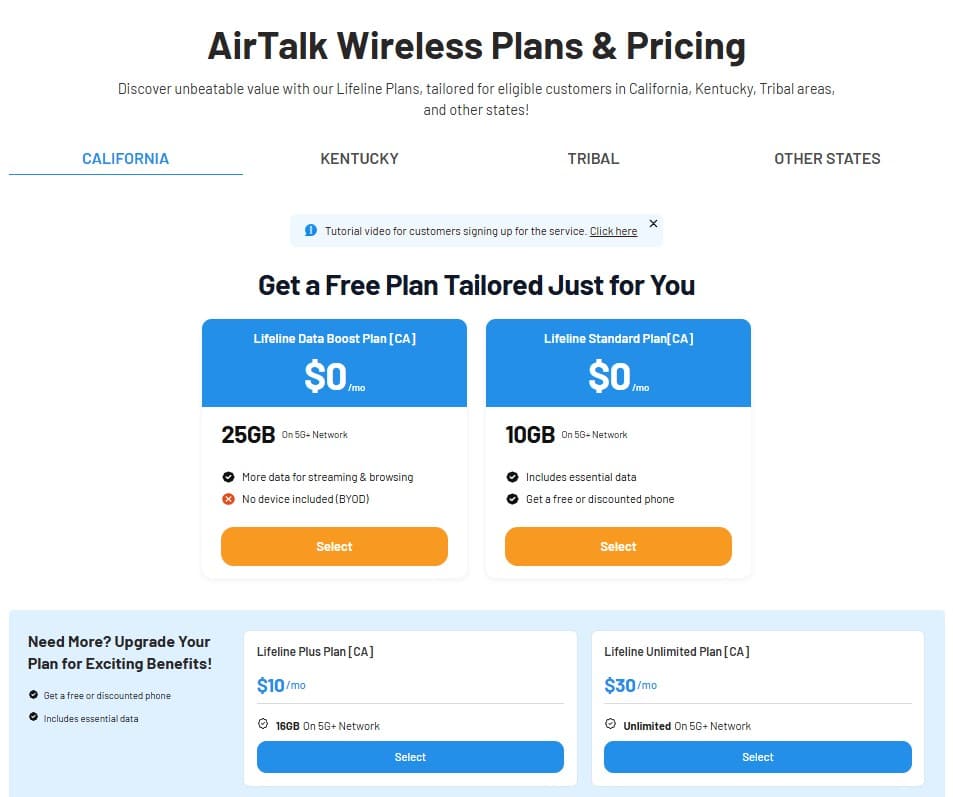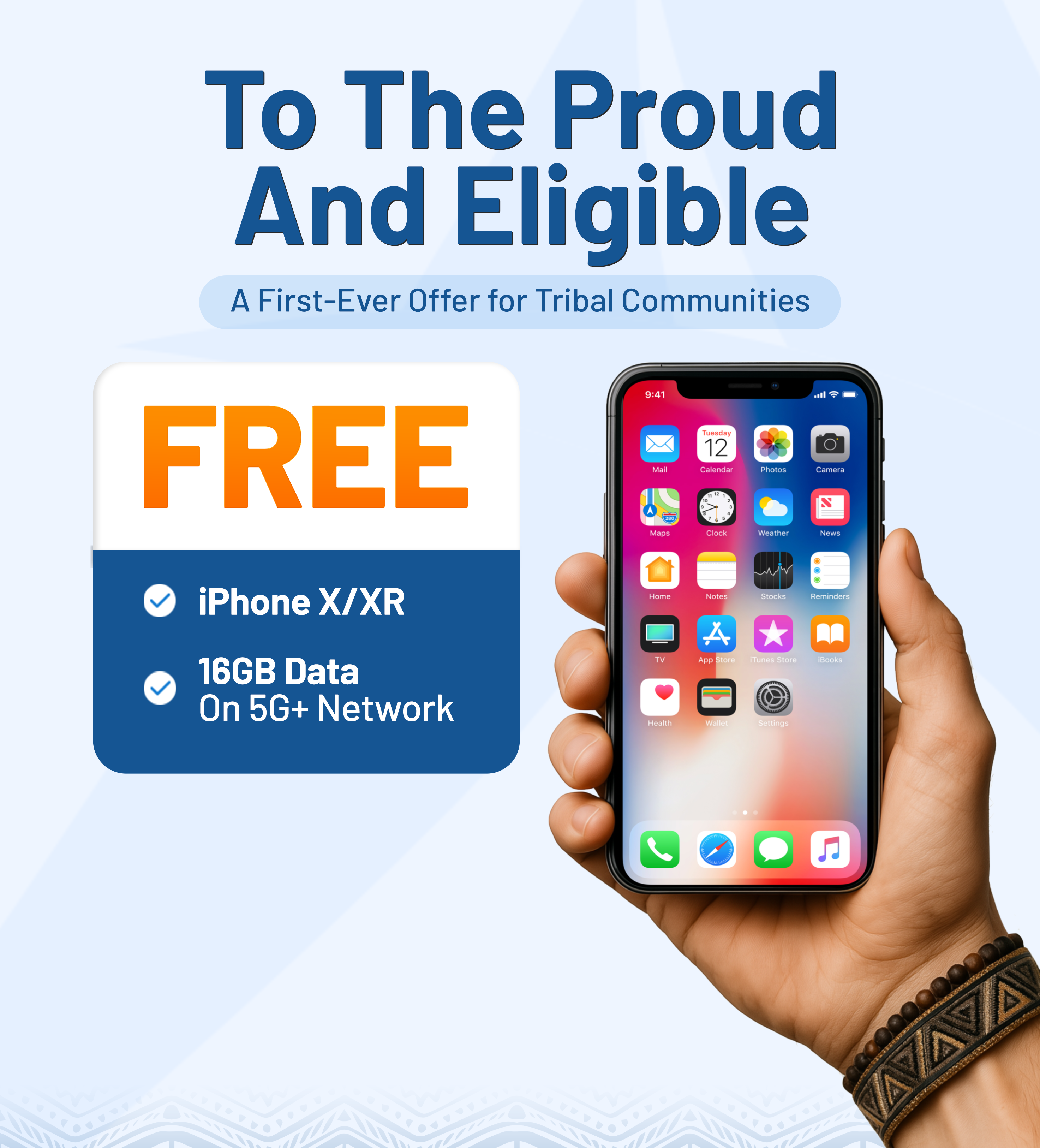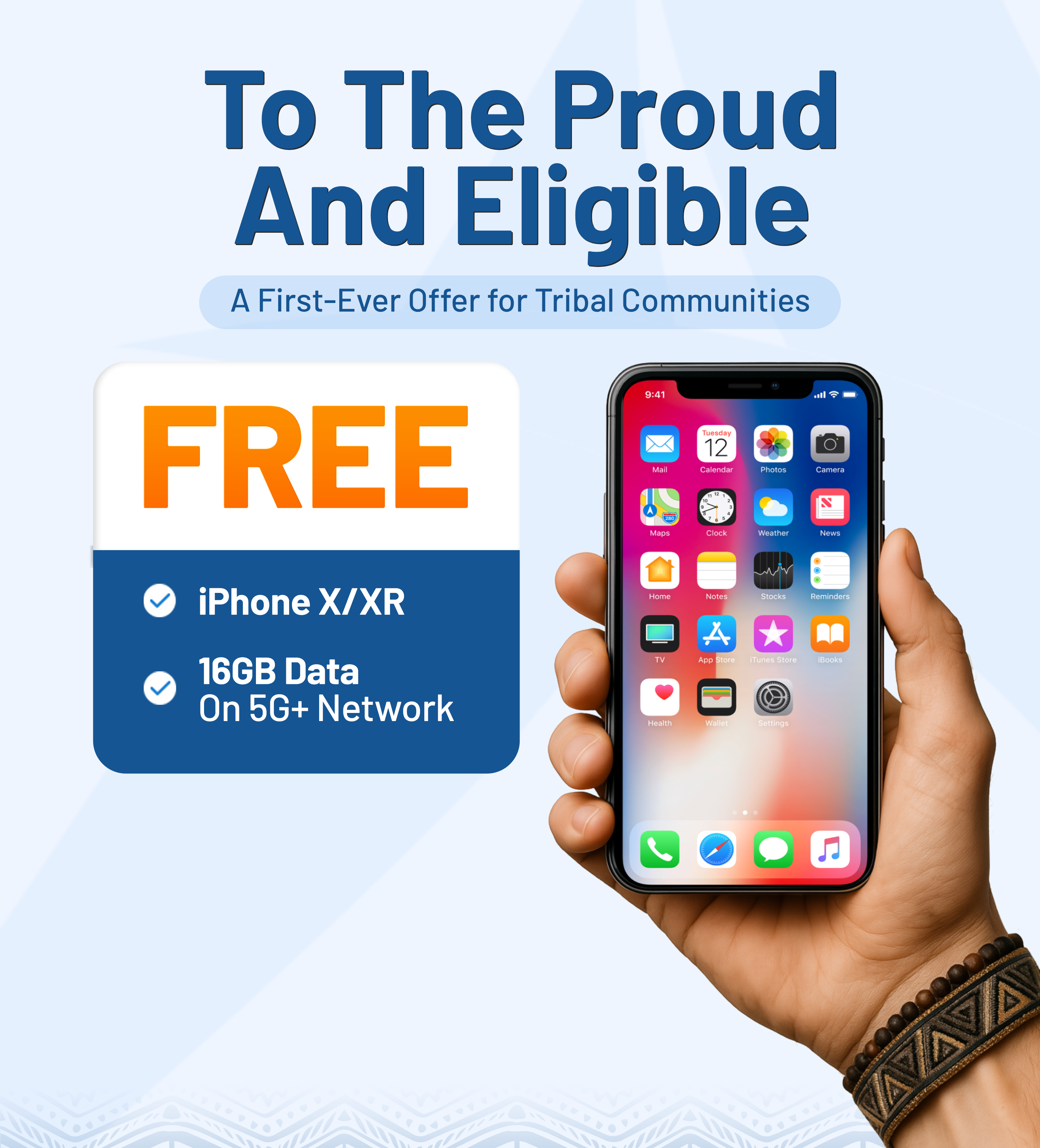Internet for free is becoming increasingly essential in a world where digital connectivity drives education, work, healthcare, and daily communication. There are many reliable ways to access the internet at no cost through government assistance programs, nonprofit initiatives, and public services. This guide highlights the most effective solutions to help individuals and families stay connected without expensive monthly bills.
1. Best Programs Offering Internet for Free

Free government internet for low-income
One of the most reliable programs offering free internet for low-income households is the Lifeline Program, supported by the Federal Communications Commission (FCC). Established to ensure universal access to essential communication services, Lifeline provides eligible low-income individuals with a monthly discount of up to $9.25 (or $34.25 for those living in Tribal lands) for broadband or phone service.
What makes Lifeline stand out is its partnership with certified service providers such as AirTalk Wireless.
These providers not only offer free or discounted internet plans, but many also include free devices for eligible customers, such as free government phones or even free tablets with internet access capabilities.

Free internet for seniors & students
In addition to supporting low-income households, many federal and local programs are also designed to provide free internet for students and free government internet for seniors.
For students, many internet service providers offer education-focused broadband packages that are either free or deeply discounted. This is especially helpful for K–12 students and college students who need access to online learning without facing financial burdens. Beyond free internet, these programs may also include free phones, laptops, or mobile hotspots.
Meanwhile, seniors can benefit from initiatives that connect them to free internet for seniors, often bundled with digital literacy training.
Some local governments also collaborate with nonprofit organizations to distribute free phones or tablets or offer in-home tech support to ensure that seniors can navigate the digital world safely and confidently.
Whether you’re a senior seeking access to telehealth services or a student attending virtual classes, these specialized programs ensure digital accessibility without adding financial stress.
Read more: Free Internet Service With Food Stamps: Here’s How It Works
2. How Can I Get Free Access to the Internet?
While the internet has become a necessity for work, school, and healthcare, not everyone can afford the rising cost of monthly service bills. The good news is that there are several ways to access the internet for free through government-supported programs that are verified, safe, and transparently managed.

Internet for free near you
The first step in finding free internet access is to explore local resources in your area.
Many cities and counties across the U.S. offer community-driven programs that provide free or low-cost internet access to residents.
To find these options, you can use helpful tools such as:
- EveryoneOn.org: Enter your ZIP code to find free or low-cost internet programs near you, including nonprofit services and public Wi-Fi hotspots.
- NDIA’s Digital Inclusion Map (National Digital Inclusion Alliance): A powerful tool listing community organization that offers free digital access and training.
- Libraries, schools, and community centers: These places often provide free Wi-Fi that can be accessed both indoors and sometimes even from parking lots.
These resources are especially useful for identifying ongoing initiatives such as city-wide Wi-Fi networks or temporary emergency programs available during times of crisis.
Check eligibility for government programs
Once you’ve explored local options, the next step is to check whether you’re eligible for national internet assistance programs. To check your eligibility:
- Visit https://www.lifelinesupport.org/
- Complete the National Verifier application
- Choose a participating provider in your area
If approved, you may combine these benefits to receive free home internet, often bundled with free devices like tablets or mobile hotspots.
How can we get free Wi-Fi?
If you’re looking for immediate access to the internet, public WiFi is often the fastest and most accessible option.
Here is a step-by-step guide to connect safely and easily:
Step 1: Locate a free Wi-Fi hotspot
Common places include:
- Public libraries
- Coffee shops (e.g., Starbucks, McDonald’s)
- Transportation hubs (airports, bus/train stations)
- Retail stores (Target, Walmart)
- Hotels and fast-food chains
Step 2: Verify the network name (SSID)
Always ask staff or look for official signage to ensure you’re connecting to the legitimate network; this helps you avoid fake or malicious Wi-Fi connections.
Step 3: Connect securely
Use a VPN (Virtual Private Network) if possible and avoid conducting sensitive activities like online banking while on public Wi-Fi.
Step 4: Accept the terms and conditions
After selecting the network, open your browser to trigger the login portal. Accept the terms and you’ll be connected.
Step 5: Consider borrowing a mobile hotspot
Some libraries and schools offer mobile hotspot lending programs for home use, which can be a safer and more reliable alternative to public Wi-Fi.
By combining local resources, federal programs, and safe public WiFi practices, you can discover multiple reliable options for free internet access, whether for short-term needs or long-term connectivity.
3. Best Internet for Free
When it comes to reliable and free internet access through government-supported programs, AirTalk Wireless stands out as one of the top choices under the Lifeline Program. Although home internet isn’t available yet, AirTalk proudly offers some of the most reliable and affordable phone services on the market.
With over 25 years of trusted partnership with Lifeline, AirTalk has built a strong reputation for providing accessible mobile connectivity to eligible low-income Americans.

AirTalk Wireless currently offers two main types of Lifeline data plans, tailored to meet different user needs:
- Lifeline Device Plans (Standard, Plus, Premium, Unlimited): These plans are ideal for those who need both a free device and a monthly service. Depending on the plan level, you may receive:
- A free or heavily discounted smartphone from brands like Samsung, Apple
- Free talk and text
- Free high-speed mobile data every month
- Higher-tier plans such as Plus, Premium, or Unlimited may require a small monthly co-pay, but in return, they offer increased data allowances, making them suitable for users who rely more heavily on mobile internet.
- Lifeline Data Boost Plan (BYOD): This plan is perfect for individuals who already own a compatible phone or tablet and simply want to maximize their data allowance. Although it does not include a free device, it offers:
- A generous amount of high-speed mobile data
- All the benefits of Lifeline service when you Bring Your Own Device (BYOD)
This option allows users to get connected quickly without the need to switch devices.
It’s important to understand that AirTalk Wireless provides internet access through mobile data plans, which work on smartphones and tablets, not traditional home Wi-Fi or wired broadband connections. This makes it an ideal solution for people who need flexible, on-the-go internet access for work, communication, and daily tasks, regardless of time or location.
4. FAQs
Does VPN give you free internet?
No, a VPN does not give you free internet access. A VPN (Virtual Private Network) only encrypts your internet connection to improve privacy and security. You still need an active internet connection; VPNs do not replace or provide access to internet service.
Is there a way of getting free internet?
Yes, beyond government programs and public spaces, there are other ways to get free internet in the U.S., including:
- Mobile hotspot lending: Some libraries and schools lend free mobile Wi-Fi hotspots for home use.
- Free trials or low-income ISP plans: Some providers may offer limited-time free trials or $0 starter plans for students and low-income users.
- Nonprofits and charities: Organizations like Human-I-T and Everyone On offer free or low-cost internet and devices to eligible individuals.
- City-wide free Wi-Fi networks: Several cities run public Wi-Fi in parks, downtown areas, and public housing communities.
- Free data from mobile carriers: Some providers give free monthly data to K–12 students or bonus data for watching ads.
These options offer both temporary and ongoing access, especially helpful if you’re between service plans or can’t get wired broadband.
Final Words
Access to the internet for free is no longer out of reach with the right programs and resources; anyone can stay connected without the burden of high monthly costs. Whether you’re a student, senior, or low-income individual, explore your options today and take advantage of the opportunities available by checking your eligibility or finding local programs to get connected fast, safe, and free.

